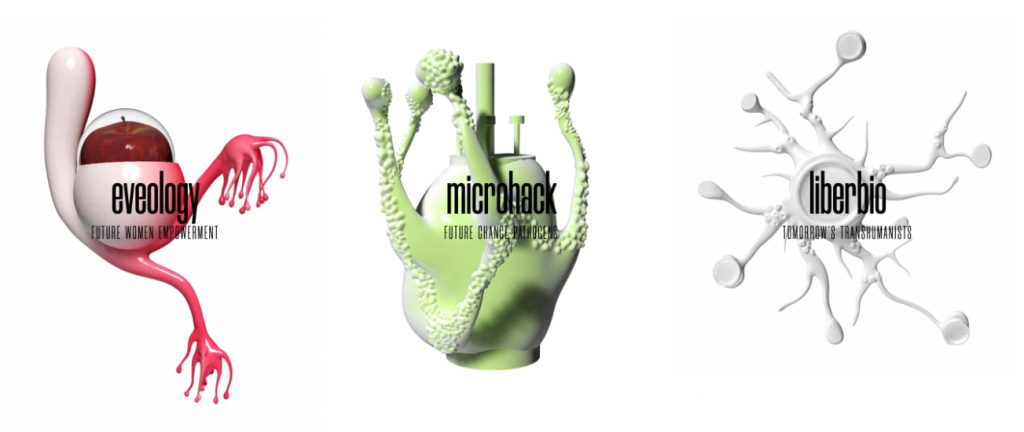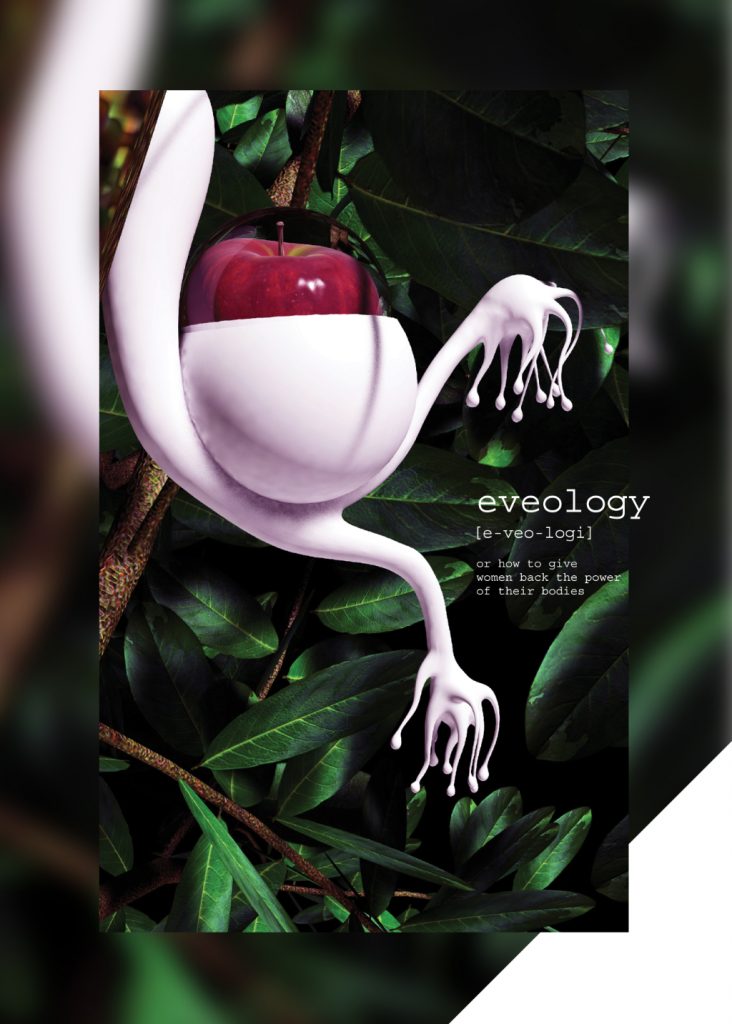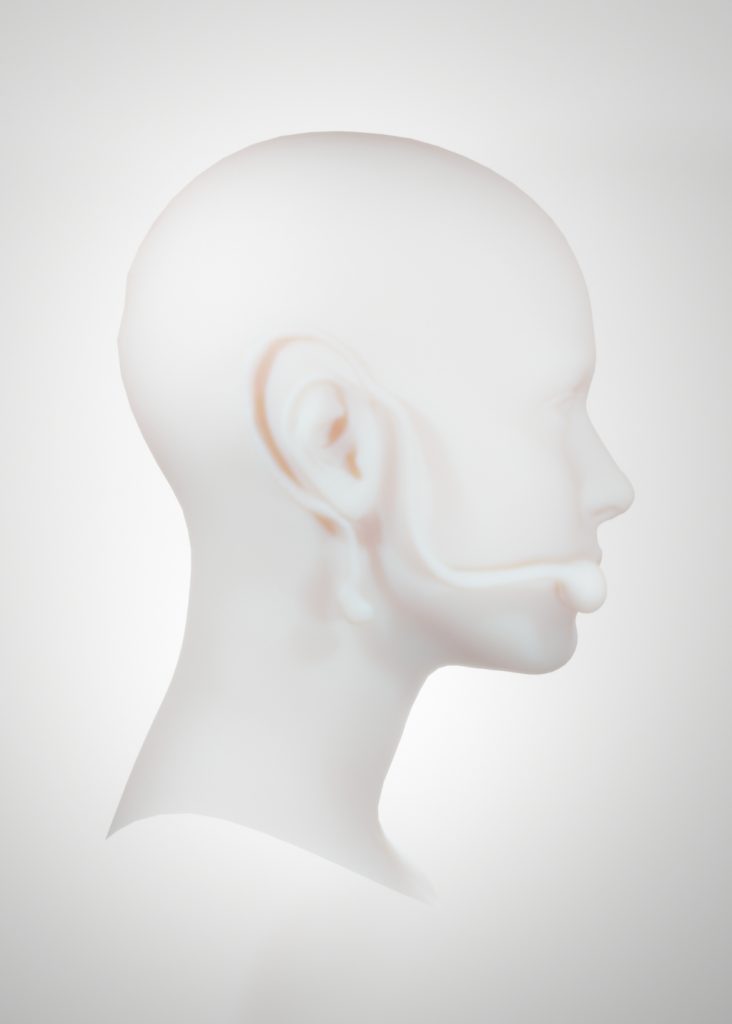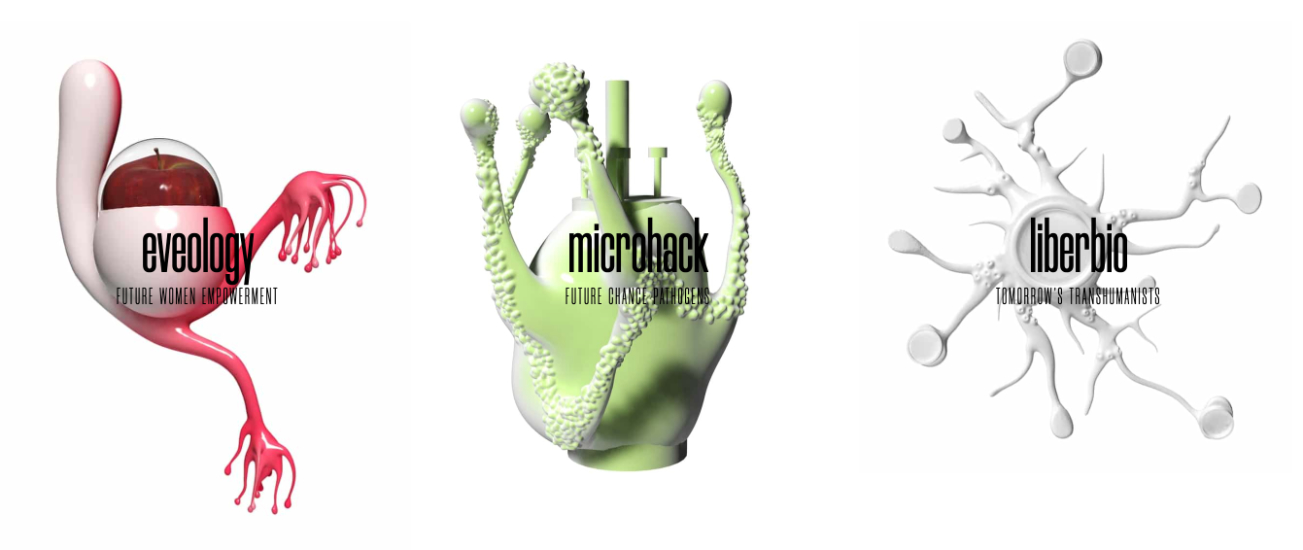Text by Ana Prendes

The future is no longer conceived as a utopian space – nor a fate from which we cannot escape. As we are exhausted of the possible, new future imaginaries are all the rage. A fiction boom has recently created new forms of thinking, telling, doing, and producing. Design fiction is one of the latest methodologies that speculates about the future through prototyping and storytelling to shape the collective imagination.
The Paris-based studio Imprudence began to explore the ‘impossible’ through interactivity and synthetic reality, pushing the boundaries of AI, VR, AR, and other techno-gimmicks. Four years ago, designer and radical futurology advocate Julien Tauvel scouted writers, designers, futurists and researchers to build a multidisciplinary and radically talented team. Partnering with designer Gerald Obringer, both co-founded the studio.
Imprudence’s current practice blends cutting-edge research, speculative design works, and innovative experiences. Their scope to imagine ‘possible, desirable and creative futures’ might be interpreted from the studio’s name. Meaning recklessness in English, Imprudence is a constant reminder that exploring other futures is not a deductive journey. Still, a creative one that asks its explorers to take risks and think outside the norms, Tauvel explained CLOT.
The vast scope of Imprudence’s projects spans from products imagining the future of beauty and augmented reality exhibitions on Snapchat to in-depth research studies on the dynamics of the well-being industries. This radical innovation relies on a non-conventional design process.
When it comes to designing a product, service or experience that embeds a desirable future, the first steps of our journey are weirdly very analytic. You could say we want to create the ‘stage’ for creativity. To be more precise and methodological, we map different futures to choose the ones that we believe are the most fertile to create something new and radical.
As the designers understand the current cultural periphery as the origin of the future mainstream, they focus on exploring emerging practices and subcultures. They envision how tangible environments will be in ten years by diving into academic research, interviewing leading visionaries, and reading up on foresight studies. They look closely at the structural elements that define these scenarios, including infrastructure technologies, media and communications, environment, and demographic characteristics.
The potential of the speculative comes then into play. What we want is to cut out the most cliché or expected futures. A good way to do so is to watch and read plenty of science fiction. Indeed, that specific genre defines the visions we have of our future. And we do want everything but reproduce them. After deciding on the most prolific scenario, the team starts with the ‘traditional’ designer work creating a speculative user journey set in 2030.



Last year, Imprudence started a residency programme for designers under 30 encouraged by their under-representation in France. The selected designers are welcomed three to six months into the studio, having complete access to their assets and devices. The residents receive 6000 Euro, and the studio’s extensive network of researchers, developers, futurists and philosophers support them during their residencies.
The age of the designers was a vital aspect of the programme. As Tauvel remarked, You don’t put new imaginaries into action, betting on few visionaries in their 40s or 50s. You put new imaginaries into action giving the ones that will define our coming society.
Specialised in futures research and speculative design, Marion Lassere was the first designer-in-residence. In her work, Lassere collaborates with researchers from different fields to create installations, narratives and objects that reveal the hidden relationships between the human body, technology and culture.
The residency outcome is In Gut We Trust, an exhibition that envisions our future interactions with our gut microbiota. After speaking with microbiologists from the field of Fecal Microbiota Transplantation (FMT), Lassere discovered microbiota’s complex influence on our lives.
A new comprehension of the human microbiome can transform our lives from a medical perspective and a social and cultural one. 2020 has shown us that health and medicine are linked to our social, political and cultural beliefs. Researching and pushing this concept led me to link the initial research surrounding the human gut microbiota to themes that currently lead the public debate, such as gender, ecology and the mind.
The exhibition encompasses three diegetic prototypes, Eveology, Liberbio and Microhack. Existing as functional objects within three different fictional worlds, the devices invite users to enter these scenarios and question them.
Inspired by Eve and Adam’s myth, Eveology is a bioreactor that incubates apples to grow with specific microorganisms beneficial to women’s health. Researching tomorrow’s transhumanism, Liberbio is an in-mouth necklace that monitors oral microbiota to boost brain performance. A nasal implant, Microhack imagines a world where people voluntarily infect themselves with a fungus to cause both a political and ecological impact.
These thought-provoking devices, which might be understood in all their complexity and corresponding fiction, exemplify the rise of DIY science. According to our individual needs, we might influence our health while reflecting on the future, technologies, and society we want.
For Imprudence, speculative design means making visible what is invisible. Materialising possible and radical outcomes of possible present choices is the perfect way to understand their impacts. Telling people that climate change is coming or that today’s techno-based philosophy destroys the social realm is one thing. Showing to people what it means is another.
This space allows designers to explore boundless thoughts to prototype and construct truly different futures within ‘the symbiotic real’. As Julien Tauvel commented, to create true interspecies relationships and to value symbiotic systems over capitalistic exploitation, we need an instruction book, and a user manual. This is where speculative and non-speculative designers have a role to play. We must create new cool imaginaries based upon such paradigm change, making them more desirable than the futuristic and heavily technological-based ones. We need people to want more bacteria as a friend than a flying hoverboard.






